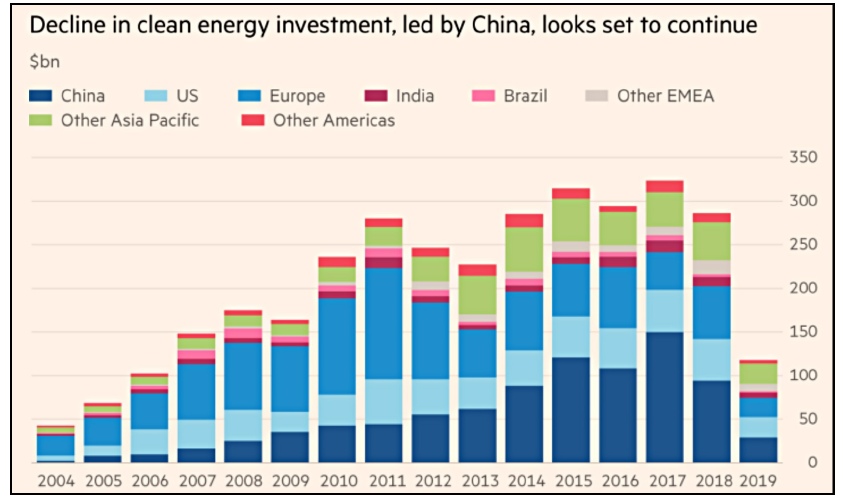I posted this famous image six years ago, and you all know it, but like all good icons it bears endless repetition:

Hokusai’s Great Wave has a moral. It’s to do with the almost invisible boats, and the faceless oarsmen in them. They are responding to a threat from nature in the only practical way: rowing together as hard as they can. Their survival is not guaranteed, but decisive cooperation raises the chances of each of them.
The lesson applies straightforwardly to epidemics such as the coronavirus one we are living through ( I hope). The public health experts may not always be right, but doing what they say is far and away your best chance. Most people in the street recognize this: the draconian quarantines in China and Italy have been well supported, in spite of initial screw-ups.
The odd man out is the United States. Clownish lack of leadership and media irresponsibility has left the field open to quarrelling individual opinions. Even the highly regarded CDC mismanaged the testing rollout. This was quite unnecessary. Chinese researchers released the sequenced genome on 11 February, and German ones at the great Charité in Berlin released a reliable test on January 13 (pdf) (using a partial sequence?). The timing is confusing to me, and multiple teams are at work on both the genome and tests, but basically the enemy has been identified for a month now. Countries like South Korea have been able to institute mass testing. The episode shows just how deep the Trumpian rot has gone in the public service.
Hokusai does not spell out the alternative, but it’s obvious. If the fishermen do not row together, the boats will be swamped and they are like to drown. A comparable fate now looks inevitable for the United States. Without effective and systematic federal leadership (targeted restrictions on movement, public education on social distancing, emergency paid leave and guaranteed care, food distribution, measures against hoarding …) the epidemic will spread out of control and swamp the available critical resources (isolation beds, respirators, nurses, antiviral drugs). Thousands will die, perhaps more than in China.
I hope I’m wrong. The silver lining, if it’s as bad I as I think, is that Trump cannot escape responsibility for the disaster, any more than Bush could for the botched aftermath of Katrina. The virus could have been designed as a WMD against his supporters: older, poorly educated, individualistic, careless, and trusting in his dangerous lies. You can’t spin gravestones. Some of the mourners will wake up.

 planted by Colbert to replace those he cut to build warships for Louis XIV – trees that have preservation orders on them. Even in a good cause, felling a thousand of them is not on.
planted by Colbert to replace those he cut to build warships for Louis XIV – trees that have preservation orders on them. Even in a good cause, felling a thousand of them is not on.




